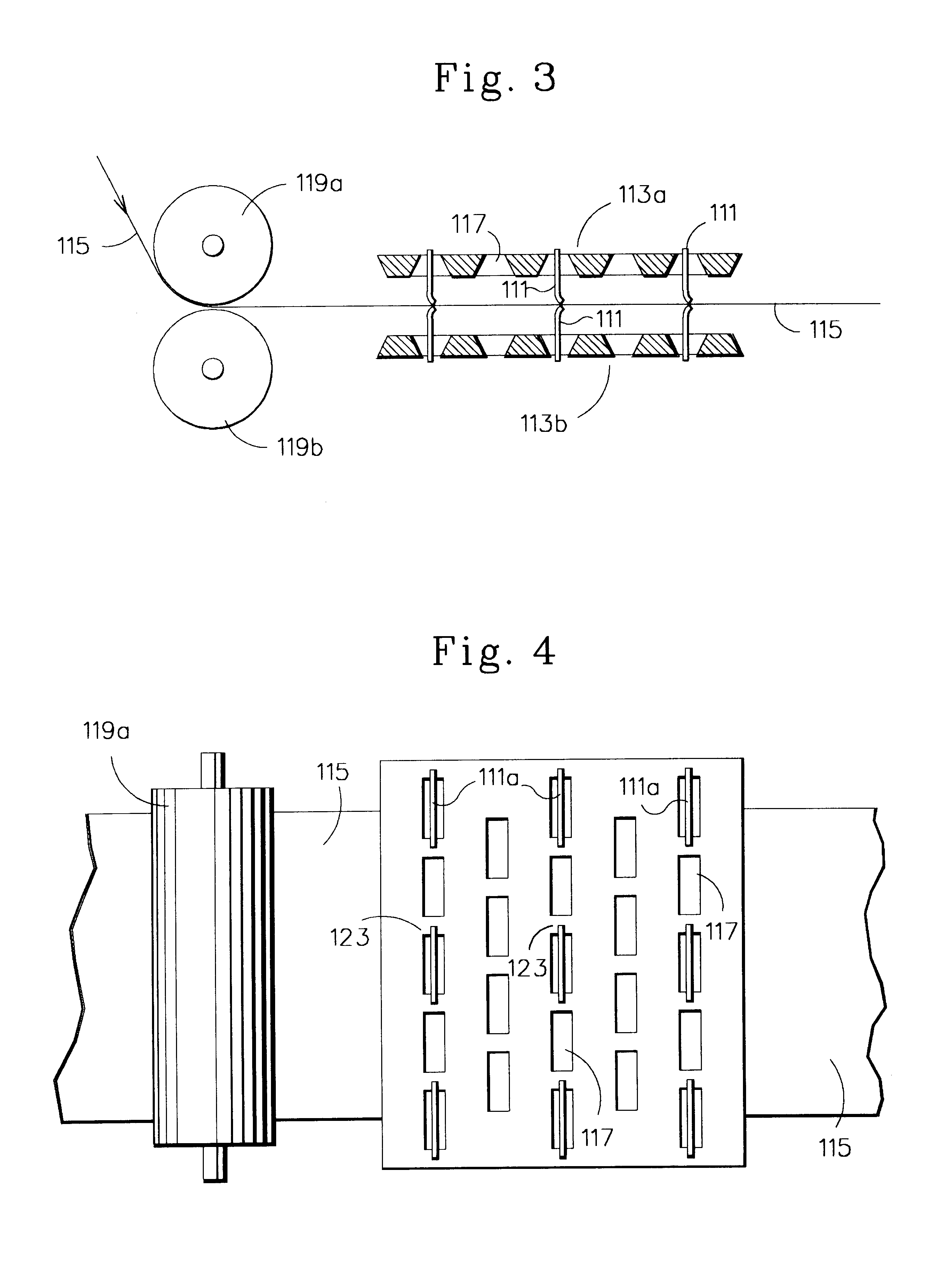Method and apparatus for anodizing
a technology of anodizing and metallic surfaces, applied in the field of electrochemical processing, can solve the problems of increasing the size and number of bubbles, serious interference, and hydrogen bubble formation on the surface of materials, and achieves the effects of preventing gradual or gradual occlusion, accelerating effective anodizing, and improving quality
- Summary
- Abstract
- Description
- Claims
- Application Information
AI Technical Summary
Benefits of technology
Problems solved by technology
Method used
Image
Examples
Embodiment Construction
Various ways of removing hydrogen bubbles from the surface of a cathodic workpiece as well as oxygen bubbles from anodic workpieces and preventing electrolyte solution depletion have been developed in the past.
Likewise, it has been realized for many years that the rapidity and quality of electrochemical processing could be, at least theoretically, increased by spacing the processing electrodes as close to the workpiece surface to be coated or otherwise treated as possible. Where both the workpiece and the electrode are structurally rigid, the choice of such distance may be determined by the breakdown potential of the electrolytic solution. However, in the continuous coating of long lengths of sheet, strip, wire and the like, a further complication occurs in that the flexible material to be coated tends to oscillate, thus forcing the coating electrodes to be fairly widely spaced from the workpiece to prevent accidental arcing.
The present Applicants have discovered through careful exp...
PUM
| Property | Measurement | Unit |
|---|---|---|
| thickness | aaaaa | aaaaa |
| distance | aaaaa | aaaaa |
| width | aaaaa | aaaaa |
Abstract
Description
Claims
Application Information
 Login to View More
Login to View More - R&D
- Intellectual Property
- Life Sciences
- Materials
- Tech Scout
- Unparalleled Data Quality
- Higher Quality Content
- 60% Fewer Hallucinations
Browse by: Latest US Patents, China's latest patents, Technical Efficacy Thesaurus, Application Domain, Technology Topic, Popular Technical Reports.
© 2025 PatSnap. All rights reserved.Legal|Privacy policy|Modern Slavery Act Transparency Statement|Sitemap|About US| Contact US: help@patsnap.com



